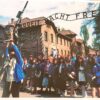Jewish only in origin, Fritz Elsas had been a good German, but was arrested after the attempt to kill Hitler and died in a concentration camp.
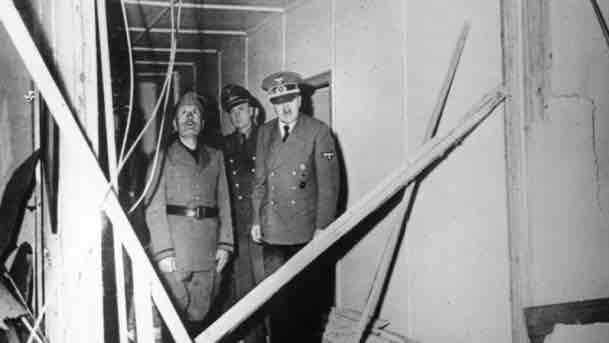
Visit of Mussolini to Hitler in the Fuhrer’s headquarters at Wolfsschanze near Rastenburg (East Prussia) immediately after the assassination attempt of 20 July 1944. Credit: WikiCommons
On January 4, 1945, Fritz Elsas, a former mayor of Berlin and part of a resistance group planning for a post-Nazi Germany, was executed at the Sachsenhausen concentration camp. Elsas, who was born a Jew but was baptized as a young man, was arrested for his role in the unsuccessful July 20, 1944 attempt to assassinate Adolf Hitler, and was put to death after he refused to turn over any fellow plotters.
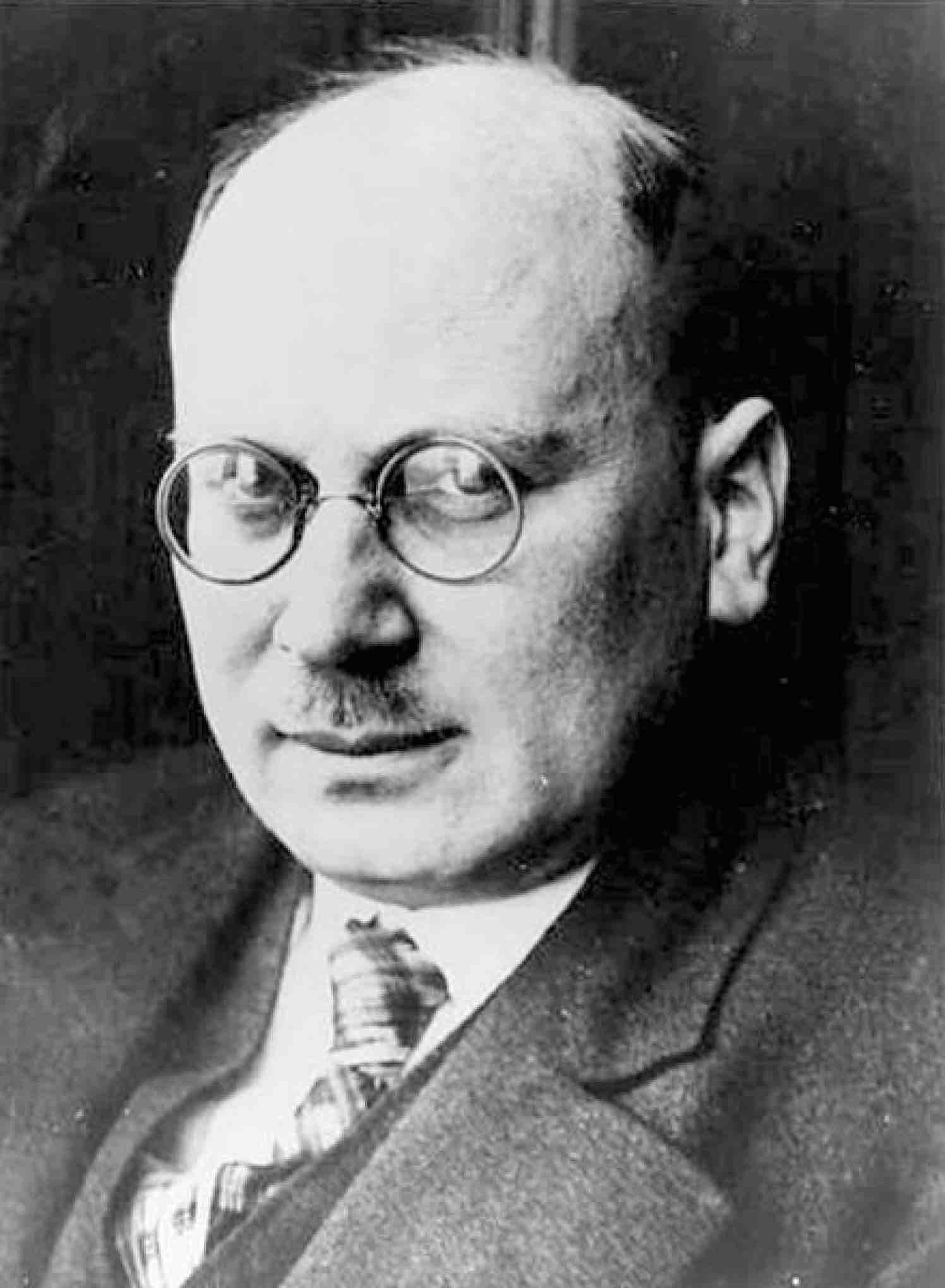
Fritz Elsas in 1931. Credit: WikiCommons
A good Christian
Fritz Julius Elsas was born on July 11, 1890, in Stuttgart’s Cannstatt district. His father, Julius Elsas, was a successful textile manufacturer; his mother was the former Bertha Lindauer.
The family were assimilated Jews. After Bertha’s death, in 1897, his father remarried to a Protestant woman, who saw to it that Fritz had a Christian religious education.
After completing high school in Camstatt, in 1908, Elsas studied law and politics, successively, at the universities of Munich, Berlin and Tubingen, where he completed his degree in 1913.
He was rejected for army service during World War I due to poor eyesight, and instead began a career in city government, starting in Stuttgart. There he was involved in designing and managing food distribution in the city during the war, eventually overseeing some 200 employees.
In 1919, Elsas joined, first, the Progressive party (FVP) and then the liberal German Democratic Party (DDP), and soon became a member of the Stuttgart city council. In 1921, he was briefly a candidate for mayor of Stuttgart, but withdrew in the wake of anti-Semitic attacks.
In fact, Elsas had converted in 1912, and in 1915, married Marie Sophie Friederike Scholl, who, although her father was Jewish, has been raised as a Protestant Christian.
In the years that followed, Elsas was elected to the Wuerttemberg state diet. In 1926 he moved to Berlin, where he was elected mayor by the city council in 1931.
With the rise of the Nazis, however, he had to resign his position. At the same time, because was in a “privileged mixed marriage,” he was not subjected to the same restrictions as other Jews.
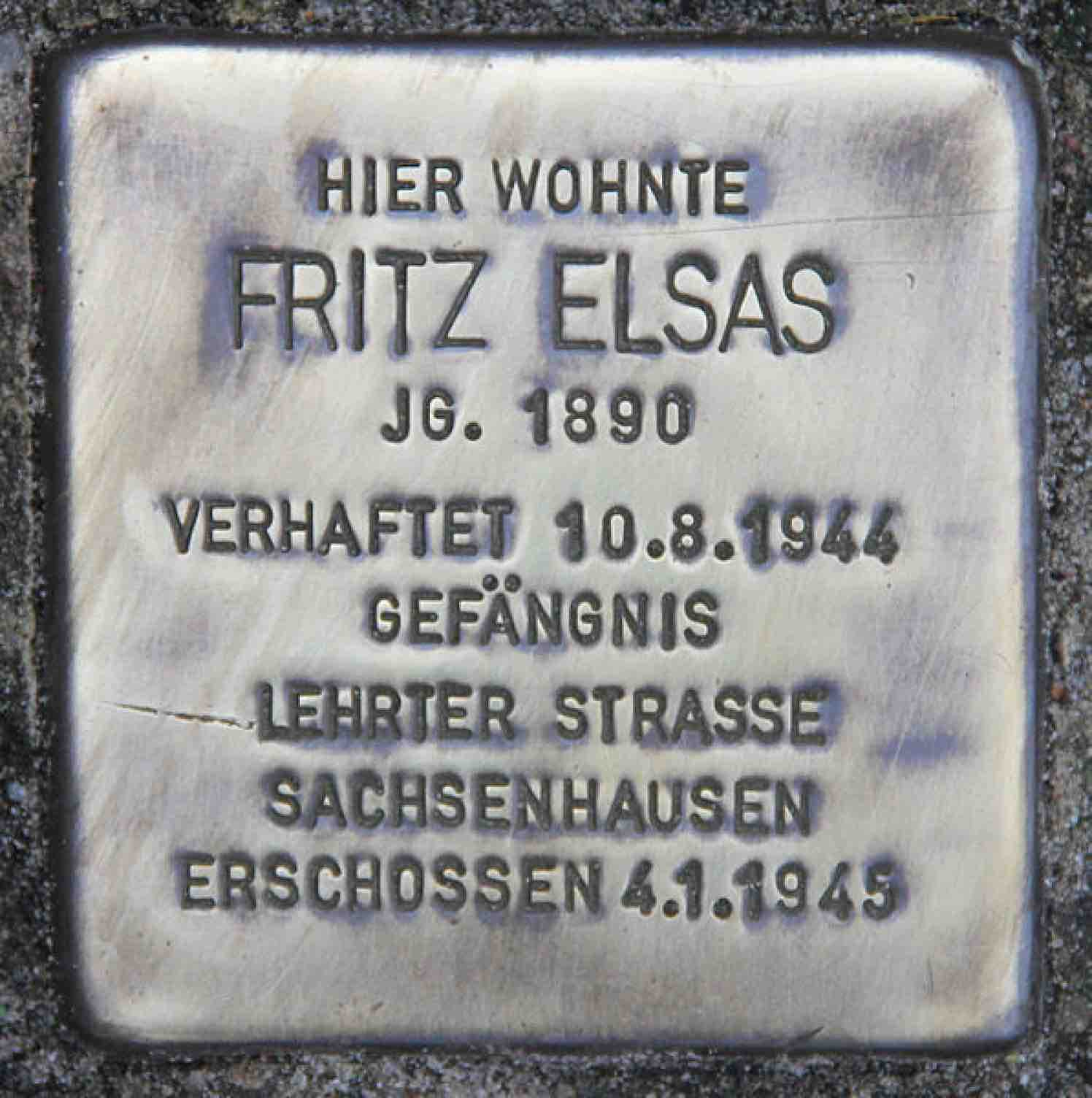
“Stolperstein” (stumbling block) of Fritz Elsas, found in Berlin-Lichterfelde, Credit: Germany/WikiCommons
Preparing for the day after
As a newly private citizen, Elsas began to advise Germans, often Jews, who wanted to emigrate. In particular, as an expert on the draconian foreign-currency laws, he counseled people on how to take some of their property with them.
This led to his arrest in 1937, on suspicion of violating foreign-currency regulations. Elsas was held for five months in Berlin’s Moabit prison before being released.
But even before, as early as 1934, he had become involved in a liberal resistance group organized by Judge Ernst Strassman and Hans Robinsohn, which in turn had links to the outspoken former mayor of Leipzig Carl Friedrich Goerdeler. Over the next decade, these men were part of a loose network of hundreds of Germans who met to discuss ways of fighting Nazi policy and preventing a war. When that was no longer an option, they began planning for a post-Hitler Germany.
Elsas’s role was to write position papers on the reorganization of political life in the country on the day after.
According to historian Eric Kurlander, “Among all liberal Democrats – and certainly Jewish liberals – Elsas may have taken the greatest risks and had the greatest impact.”
His anti-Nazi sentiments, however, did not derive from his being a Jew, says Kurlander: he was simply a German who feared for the country’s future.
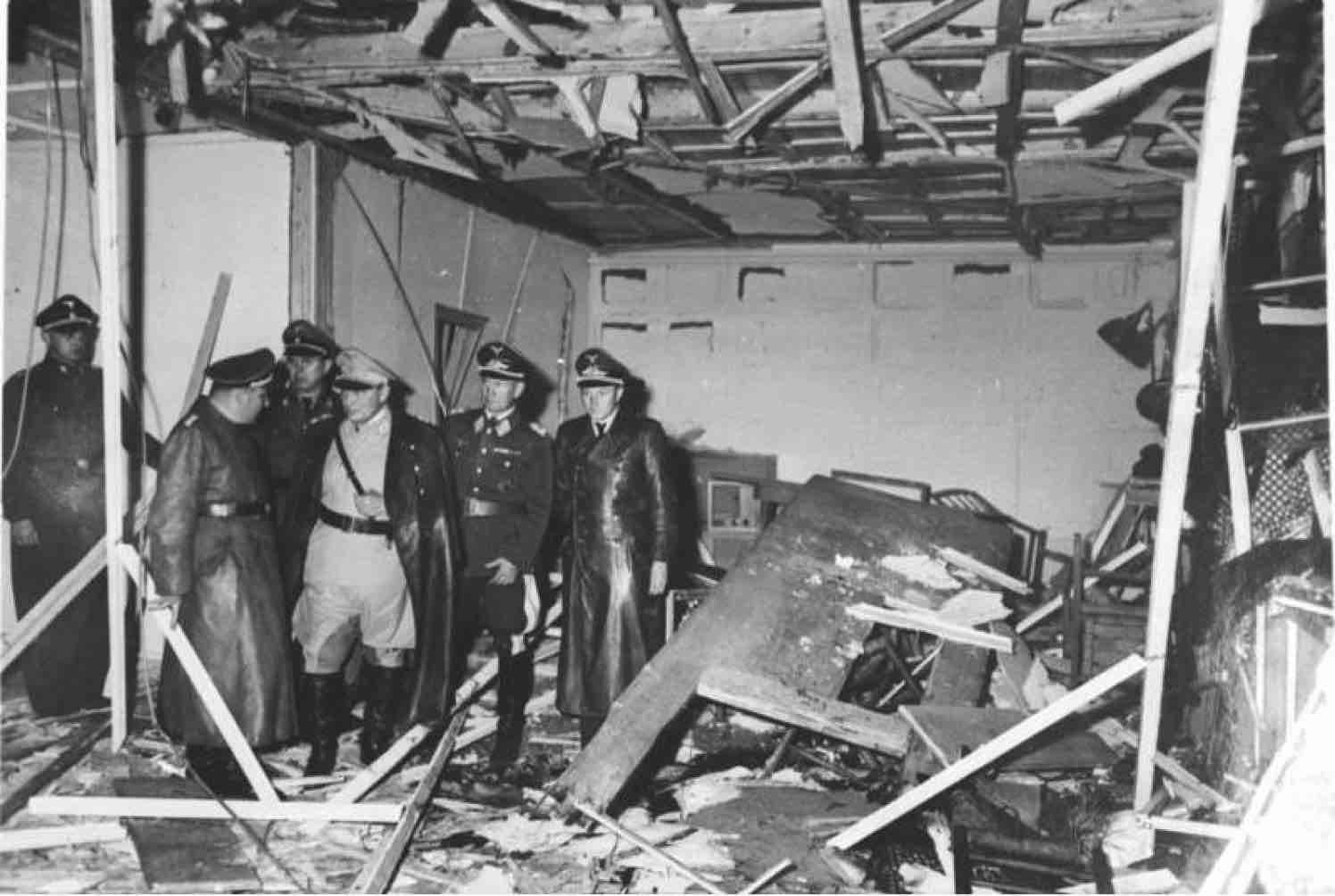
The view of destroyed interior of briefing room in Hitler’s headquatter Wolfsschanze near Rastenburg (Ketrzyn) in East Prussia, July 20 1944. Credit: WikiCommons
After the failure of the July 20, 1944, attempt on Hitler’s life, most members of the resistance were rounded up and executed. Twice, Elsas provided refuge to Carl Friedrich Goerdeler, but the latter was arrested on August 12, and later executed, after cooperating with his captors.
Elsas himself was picked up on August 10, 1944. Over the next four months in Berlin’s Lehrter Strasse prison and tortured. He refused, writes Kurlander, “to betray any accomplices.”
Finally, in December, he was moved to Sachsenhausen, where he was shot to death on this date in 1945, without having undergone a trial.
Elsas’s wife, Maria, and his three children were also arrested and taken into “Sippenhaft” (incarceration for family members of suspected subversives), but all four survived and were liberated at the war’s end.
Originally published HERE





